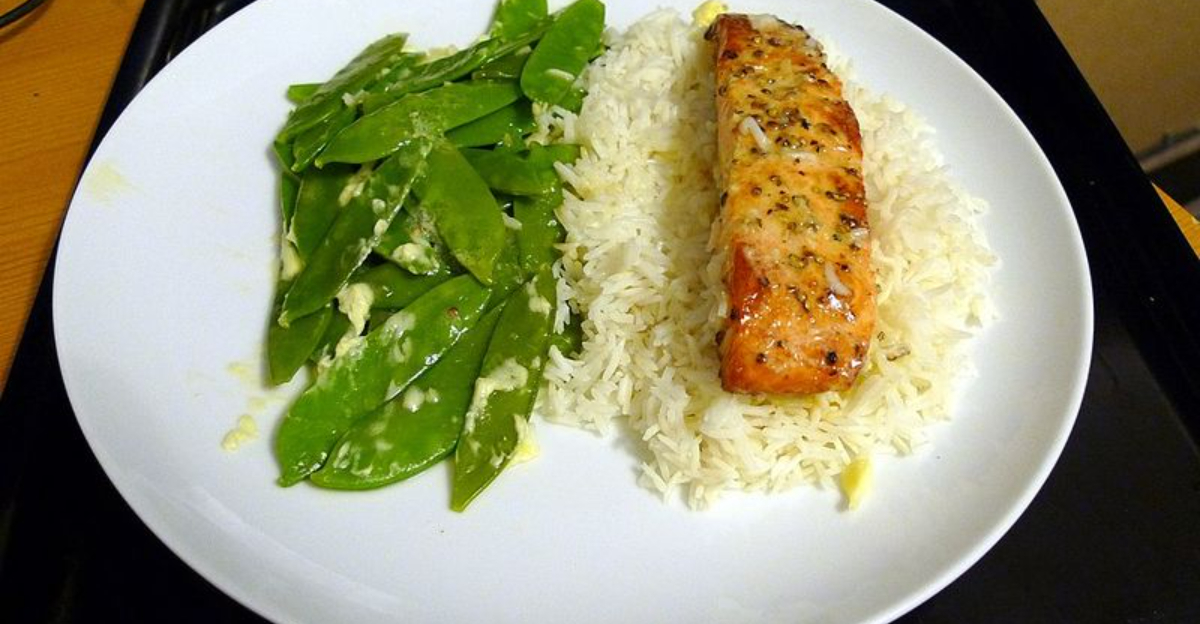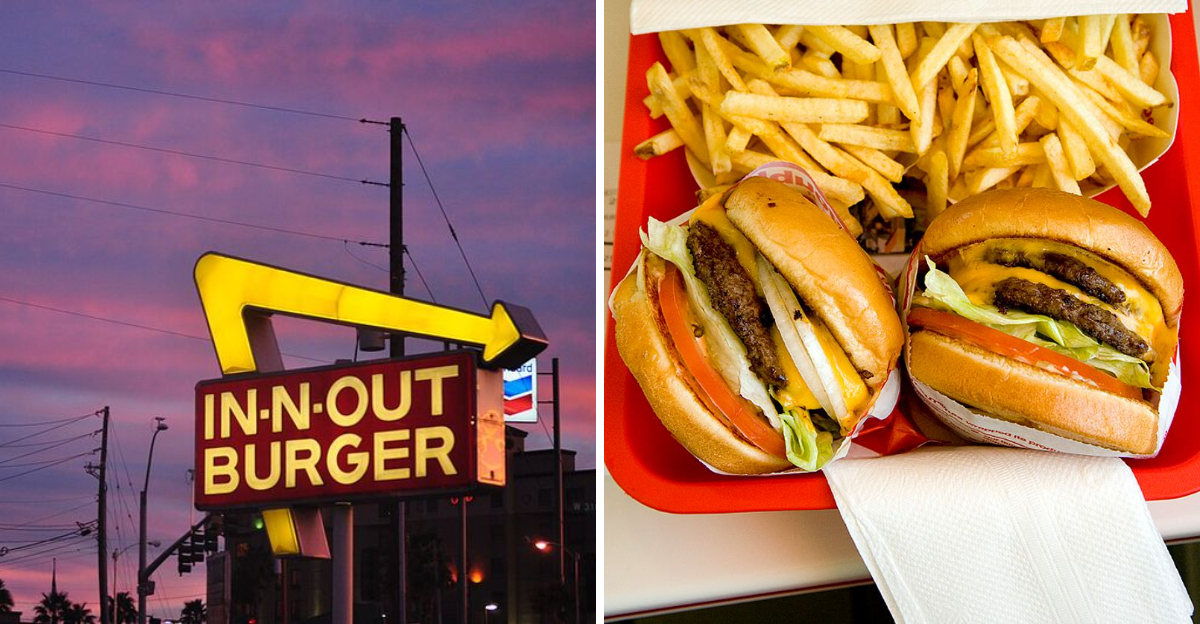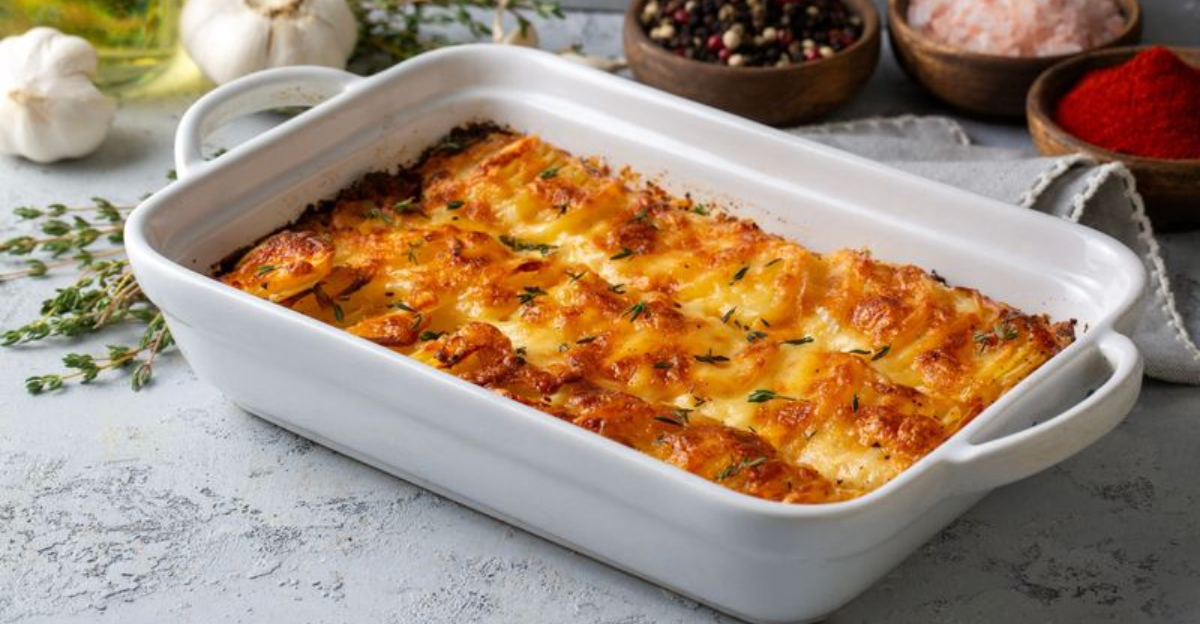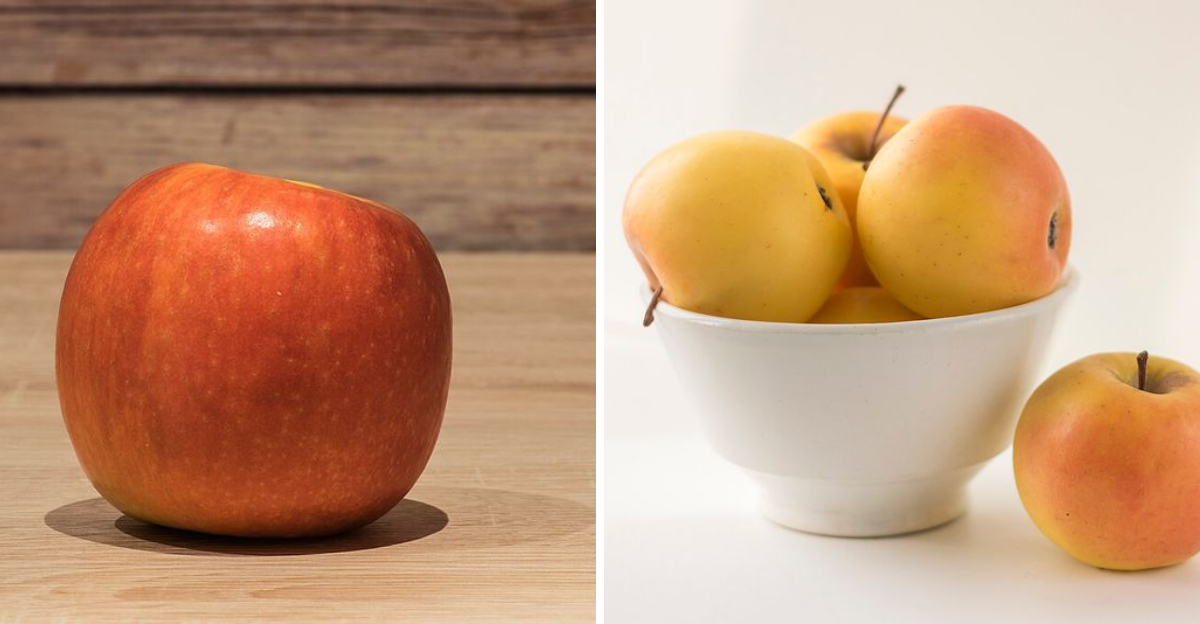9 Forgotten Depression Era Morning Meals People Don’t Make Anymore
Breakfast during the Depression looked nothing like the plates we know today. Families made do with whatever they had, stretching ingredients until every crumb mattered.
Simple staples like cornmeal, stale bread, and garden vegetables became inventive morning meals that fueled long days of hard work.
The flavors were humble, the portions modest, yet each dish carried a sense of resilience that defined the era.
1. Cornmeal Mush with Syrup
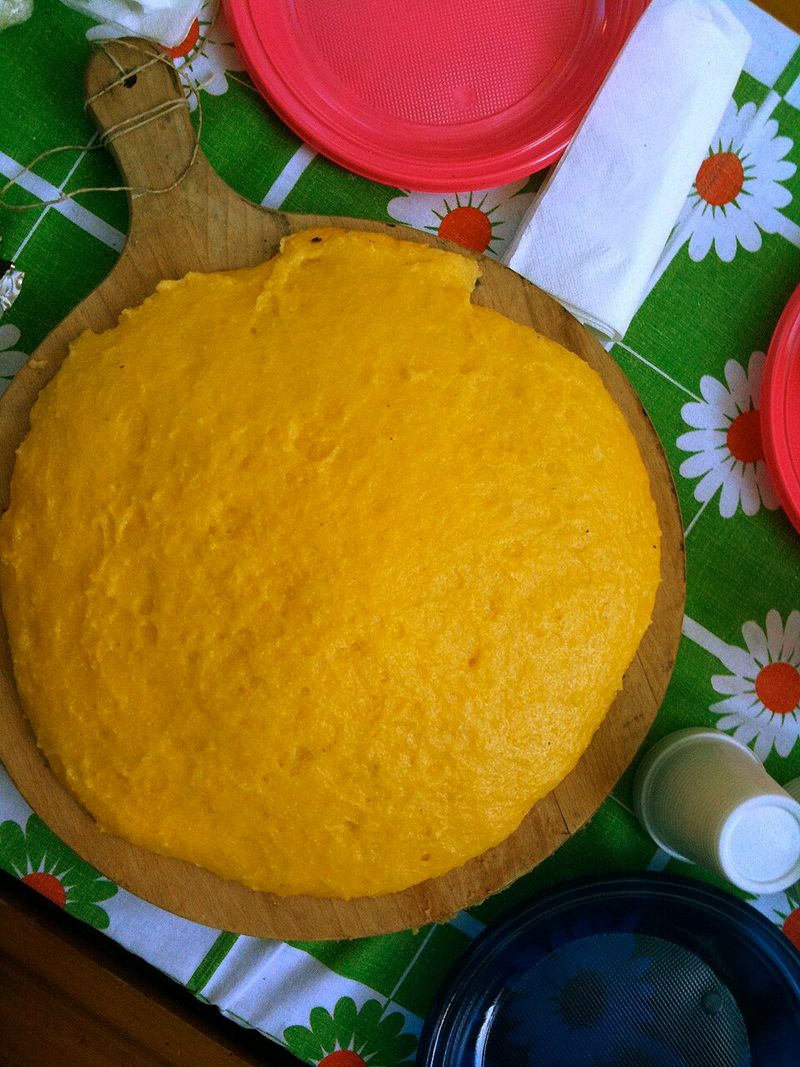
Boiled cornmeal formed a thick, porridge-like base that filled empty stomachs without breaking the bank.
Families drizzled whatever sweetener they had – molasses, maple syrup, or even just sugar water – over the steaming mush.
Kids often ate this multiple times a week because corn was cheap and filling. Some families fried leftover mush into crispy cakes the next morning, making one meal stretch into two delicious options!
2. Milk Toast
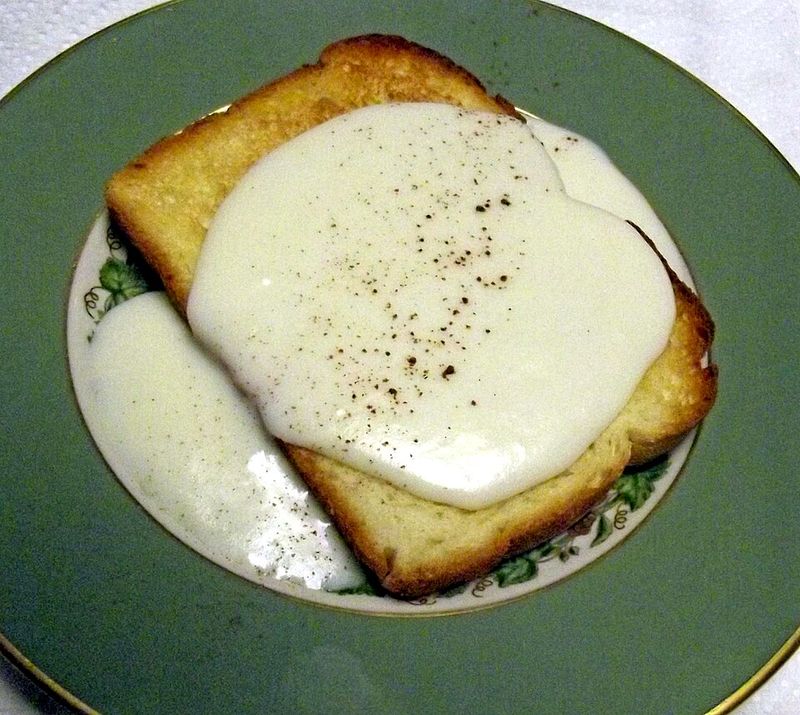
Stale bread got a second chance when dunked in warm, sweetened milk. This gentle breakfast was especially popular for children and anyone feeling under the weather.
Grandmothers swore by its soothing qualities, and it used up bread that would otherwise go to waste. A pat of butter melting on top turned this humble dish into something almost luxurious during hard times.
3. Bread Fried in Bacon Grease
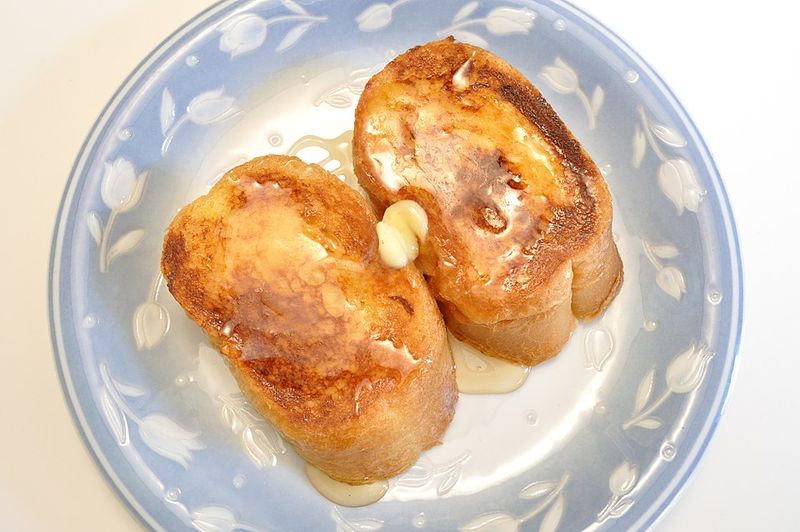
Why waste precious bacon grease when it could transform plain bread into something special? Slices fried in the leftover fat became crispy, salty, and absolutely delicious.
This breakfast trick meant families could enjoy bacon flavor even when they could not afford actual bacon strips.
The bread soaked up every bit of smoky goodness, creating a treat that tasted way fancier than its simple ingredients suggested!
4. Leftover Rice with Milk and Sugar
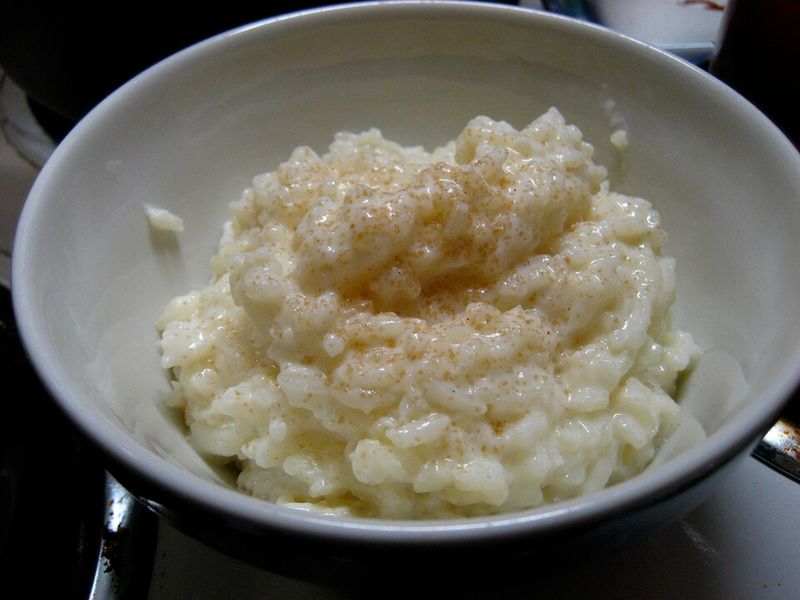
Cold rice from dinner became breakfast when mixed with milk and sweetened with whatever sugar families could spare. This simple combination created a pudding-like texture that kids actually enjoyed eating.
Mothers sometimes added cinnamon or vanilla if they had any on hand. The dish stretched rice further and ensured nothing ended up in the trash during desperate times when waste was unthinkable.
5. Day-Old Biscuits in Gravy

Rock-hard biscuits softened beautifully when smothered in milk gravy made from flour, fat, and water or milk. This combination stuck to your ribs and powered people through morning farm chores.
The gravy recipe was flexible – cooks used whatever fat they had, whether bacon grease, lard, or butter. Even the driest, oldest biscuits became edible again when drowned in this creamy, peppery sauce!
6. Fried Apples with Day-Old Bread
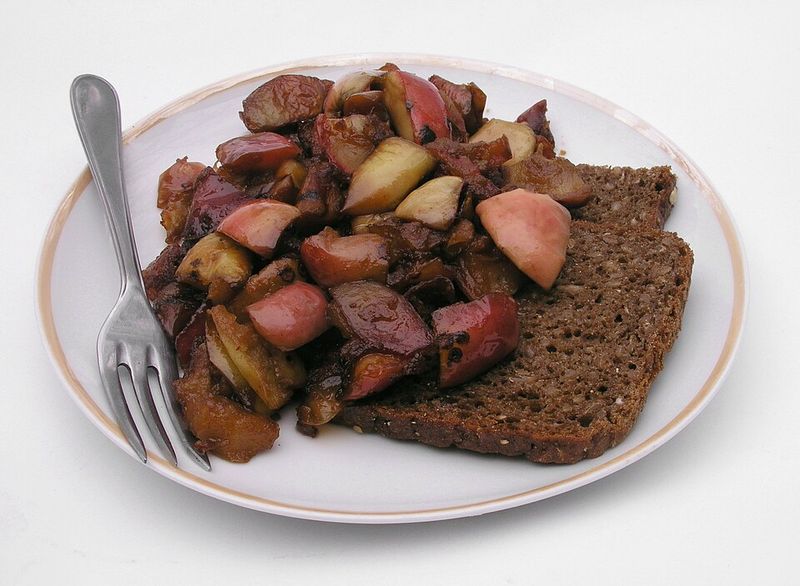
Apples sliced thin and fried with a sprinkle of sugar and cinnamon paired perfectly with stale bread toasted or fried alongside. The apples turned soft and jammy, creating a natural sauce for the bread.
Orchards provided free fruit in autumn, and families preserved or stored apples for winter breakfasts. This combination offered sweetness and substance without requiring expensive ingredients from the store.
7. Hot Water Cornbread

Cornmeal mixed with just hot water and salt created a batter that fried into thin, crispy flatbreads. No eggs, milk, or leavening required – just three basic ingredients and hot grease.
These irregular, lacy-edged breads cooked fast and tasted best eaten immediately while still warm and crunchy. Families ate them plain or with whatever topping they could manage, from syrup to leftover gravy.
8. Sautéed Dandelion Greens with Bread
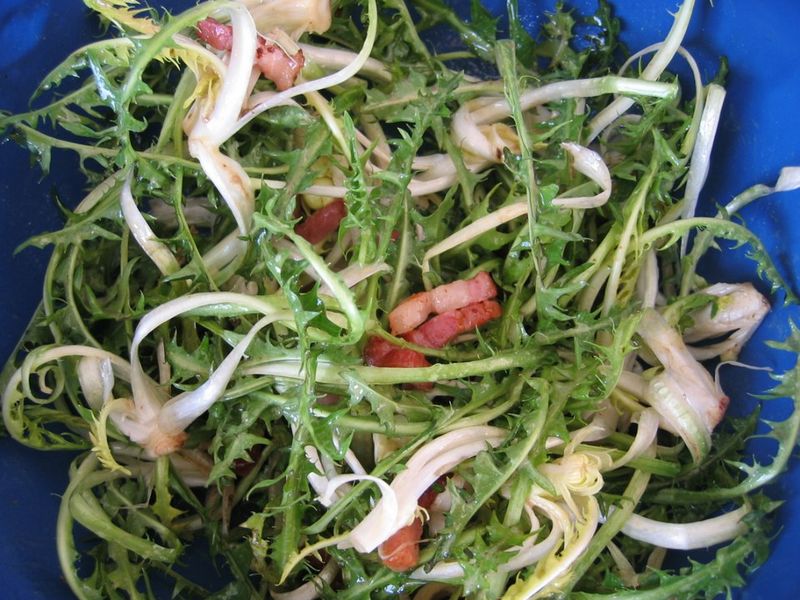
Free food grew right in the yard when dandelion greens appeared each spring. Families picked the young, tender leaves and sautéed them with a bit of fat and garlic if they had it.
Served alongside bread for soaking up the flavorful juices, this breakfast cost nothing but effort. The slightly bitter greens provided vitamins that were otherwise hard to come by during lean times.
9. Peanut Butter Toast with Sugar
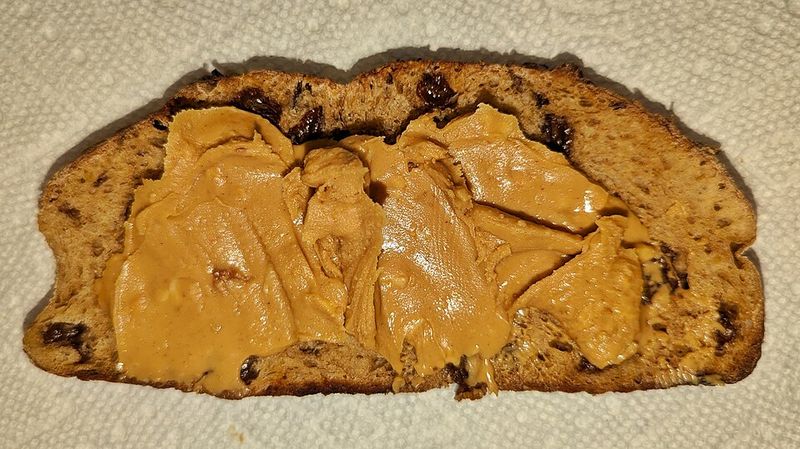
Peanut butter provided affordable protein, and sprinkling sugar on top made it feel like a treat rather than just survival food. The sugar added sweetness and a slight crunch that kids loved.
This simple combination required no cooking beyond toasting bread, saving fuel and time for busy mothers. It packed enough calories and energy to get children through school mornings without complaint or hunger.


